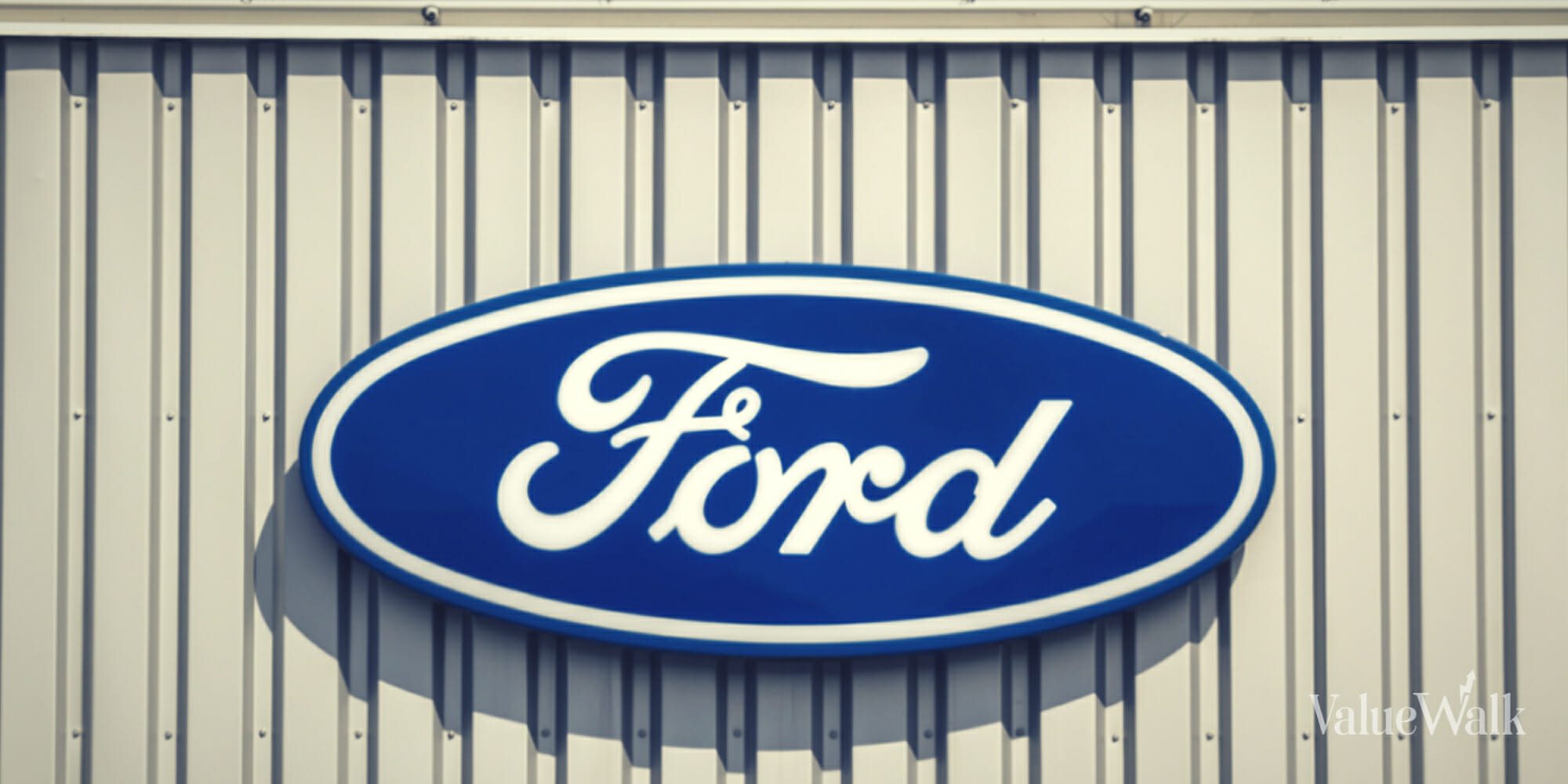Ford Motor (NYSE:F) reported first-quarter results that topped analyst expectations to initially send its shares higher in after-hours trading on Tuesday.
The Ford stock then pared some gains after the Michigan-based carmaker chose not to upgrade its 2023 guidance despite reporting a strong beat for the first quarter. Moreover, the company shared some cautious macroeconomy commentary that is also likely to weigh on Ford shares in the near term.
Strong Demand for Legacy Vehicles
Ford reported adjusted earnings per share (EPS) of $0.63 to crush the analyst estimate of $0.42. Revenue rose 20% year-over-year to $41.5 billion as Ford Blue sales topped $25 billion. Ford reported $3.4 billion in adjusted Ebit, topping the analyst consensus by over $900 million.
Despite a strong Q1 outperformance, investors were disappointed to find out that Ford only reaffirmed its full-year Ebit guidance to a range of $9 billion to $11 billion. The adjusted free cash flow outlook is also maintained at $6 billion.
Analysts were expecting adjusted EBIT and FCF at $9.52 billion and $6 billion, respectively.
“The ability for Ford to meet its longer-term margin targets (e.g. getting to 8% in Model e by the end of 2026 vs. the -40% in 2022) will likely remain a key debate for investors (including at the upcoming investor day),” Goldman Sachs commented in a note.
Ford announced a massive transformation plan in March 2022 as it introduced the Ford+ Plan, which aims to unlock growth and create value for Ford’s shareholders, the company said in a press release back then.
Ford created two independent business units – Ford Model e that aims to accelerate innovation and delivery of EVs at scale, as well as Ford Blue remains focused on the portfolio of ICE (internal combustion engine) vehicles to drive growth and profitability.
“We’re bringing Ford+ to life by zeroing in on what distinct customers need and value the most,” said CEO Jim Farley in a Q1 earnings statement.
The idea resembles Amazon’s pivot from e-commerce to the cloud: Use profit and cash flow generated from ICE products to aggressively invest in future technology.
“Ford Pro is leading the way on profitable growth, our big investments in iconic Ford Blue vehicles and derivatives are winning with customers, and Ford Model e’s different approach to EVs is significantly reducing costs on our first high-volume products while rapidly developing breakthrough next-generation vehicles from the ground up,” Farley said on Tuesday.
Ford rival and Jeep-owner Stellantis saw its shares fall on Wednesday after it reported lower-than-expected volumes. The company blamed weakness in Europe for the subpar performance.
Stellantis sold 1.48 million units in the first quarter, up 7.4% year-over-over. The company’s largest market – Europe – saw 657,000 car sales, growing 5.6% YoY. Overall, Stellantis generated 47.2 billion euros in revenue in Q1.
While Ford delivered very good results, the feeling is that it still lags behind its biggest rival and neighbor – General Motors, which raised its full-year profit outlook to $11-13 billion last year, up from the prior range of $10.5-12.5 billion.
“We’re feeling confident about 2023,” CFO Paul Jacobson said during a call with reporters last month.
Ford Model e Business Still Bleeding
The carmaker’s electric vehicle (EV) business generated $700 million in sales while Ebit loss for the Ford Model e business unit was reported at $722 million as the company continues to heavily invest in the producing capacities.
The company said quarterly shipments and revenue from its EV business were hit by manufacturing interruptions of the Mustang Mach-E SUV & F-150 Lightning pickup.
Last month, Ford announced it will invest $1.3 billion in the new EV plant in Ontario, Canada. The factory will focus on new models that are expected to hit the market around mid-decade.
Ford said earlier that it plans to have a production capacity of 2 million EVs globally by the end of 2026. For comparison purposes, EV market leader Tesla has the capacity to deliver 1.8-2 million EV units this year.
“We’re reusing all of its infrastructure, from the land itself to the buildings and even its roads to quickly prepare for a new generation of manufacturing,” said Dave Nowicki, director of EV manufacturing at Ford.
Ford is not fighting Tesla just on the EV production front but is also forced to slash prices of its electric cars to respond to Tesla’s recent aggressive cuts. The company announced on Tuesday it will lower the prices of the Mach-E by a range of $1,000 to $4,000. This way, the cheapest Mach-E will cost $42,995.
This is the second cut as Ford previously slashed Mach-E prices in January by $600 to $5,900 in response to the first round of price cuts implemented by Tesla.
“We are responding to changes in the marketplace. As we look and want to stay competitive in the marketplace, we’re having to respond,” said Marin Gjaja, chief customer officer of Ford’s electric vehicle business.
Summary
Ford shares are trading modestly higher on Wednesday after the carmaker reported stronger-than-expected results for its first quarter. However, the fact that Ford only maintained its 2023 outlook likely prevented Ford shares from having a stronger positive reaction to the Q1 earnings release.
Shane Neagle is the EIC of The Tokenist. Check out The Tokenist’s free newsletter, Five Minute Finance, for weekly analysis of the biggest trends in finance and technology.





